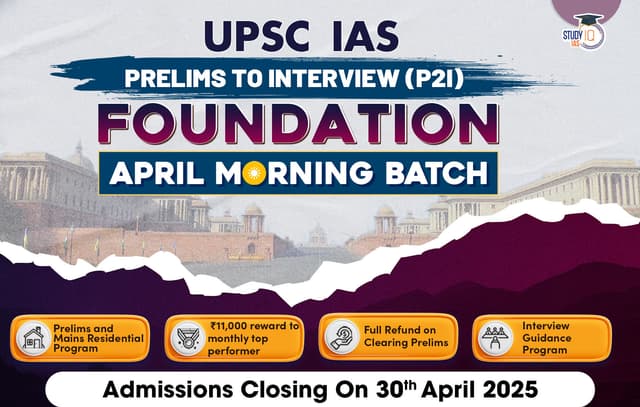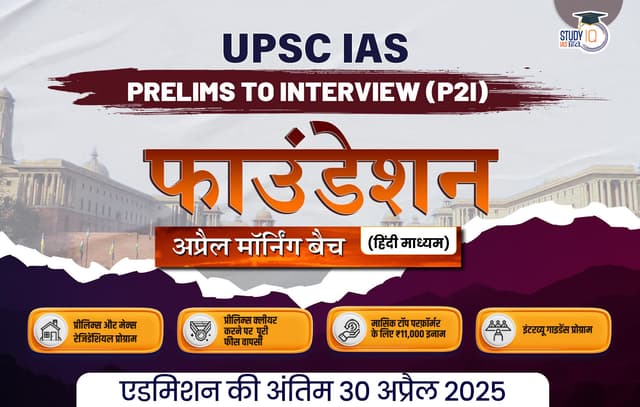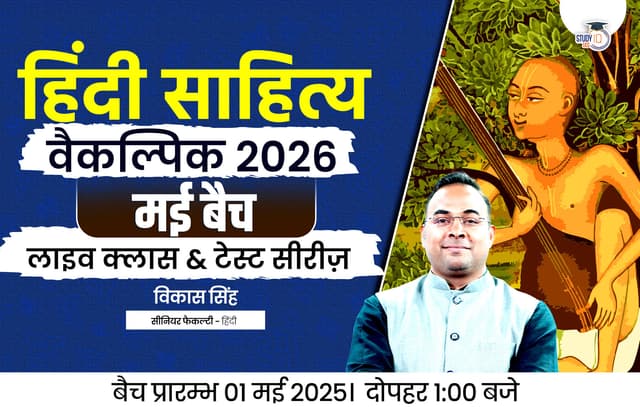Table of Contents
Context: Formal jobs shrinking due to AI, automation, & rising capital intensity.
More in News
- Since 2017-18, India’s working-age population has increased by 9 crore, but formal sector jobs have only risen by 6 crore, creating a deficit of 50 lakh jobs annually.
- Most new employment has been generated through self-employment in rural areas or informal services, leading to concerns over both job quantity and quality.
Job Deficit in India: Challenges of Job Creation in the Formal Sector
Technological Progress & Labour Intensity
- There is a steady decline in the labour intensity of production due to increasing capital intensity in both manufacturing and services.
- AI and automation are likely to accelerate this shift, further reducing demand for low-skilled labour.
Capital Intensity Increasing in a Labour-Abundant Economy
- Demand-side Factors: Firms prefer capital-intensive methods to increase productivity and value addition at a lower cost.
- Supply-side Factors: A lack of skilled labour makes firms more dependent on machinery.
Key Observations on Sectoral Trends
- Services Sector: Increased value addition; higher share in GDP and GVA.
- Manufacturing Sector: Stagnant contribution to GDP.
- Agriculture: Declining GDP contribution.
Impact of Falling Capital Costs & Skill Shortages
Real wages have remained stagnant, but capital costs (machinery, technology) are declining due to global technological advancements.
- Less than 10% of India’s workforce has formal technical or vocational training.
- Many educated youth lack employment-ready skills.
Skill-Biased Technological Change
- New technology reduces demand for low-skilled workers as firms opt for automated, high-productivity
- Upskilling and re-skilling of workers are essential for employment sustainability.
Government Strategies for Job Creation
Production-Linked Incentive (PLI) Scheme
- Objective: Expand production capacity and encourage high-value manufacturing.
- Budget Allocation:
- Over 50% of PLI funds go to large-scale electronics, IT hardware, and drones.
- However, the highest job creation has been in food processing & pharmaceuticals.
- Mismatch: High budget allocation to capital-intensive sectors, while labour-intensive sectors receive lesser focus.
- Constraints in PLI Implementation:
- The lack of skilled workers hinders job creation.
- The majority of India’s workforce has low or medium-level skills.
Employment-Linked Incentive (ELI) Scheme
- Objective: Encourage formal sector hiring by subsidizing EPFO contributions for new employees.
- Key Features:
- Targets labour-intensive industries.
- Reduces initial hiring costs for firms.
- The government bears some risk of hiring untrained workers.
- Challenges in ELI Implementation:
- The subsidy period is short (2-3 years), raising concerns about long-term employment sustainability.
- Lack of data to track interns’ career progression.
- Uncertainty over whether firms will invest in upskilling workers post-subsidy.
Proposed Policy Recommendations
Better Integration of Production & Skilling Strategies
- Align PLI and labour skilling policies to ensure job creation matches sectoral needs.
- Address both demand- and supply-side factors to drive structural transformation towards high-value manufacturing.
Improving Inter-Ministerial Coordination
Ministries of Industry, Labour, and Skilling should work together to map:
- Current and expected future labour supply.
- Skill demand across sectors.
Reforming ELI Scheme for Sustainable Job Creation
Shift from flat incentives to graded incentivesHigher transfers for each additional level of skill certification.
- Extend ELI to skilling institutions (e.g., ITIs) to improve:
- Employment outcomes.
- Skill quality is linked to future industry demand.
- Addressing Labour Regulations: Labour laws increase hiring costs, pushing firms towards capital-intensive
- State governments must adopt flexible labour policies to encourage hiring.
Conclusion
- India must simultaneously invest in quantity (job creation) and quality (skilling & upskilling).
- A dynamic policy framework is critical to align job market trends with India’s vision for Viksit Bharat (developed India).
- Policymakers must ensure a workforce ready for high-value industries as the nation moves up the global production value chain.

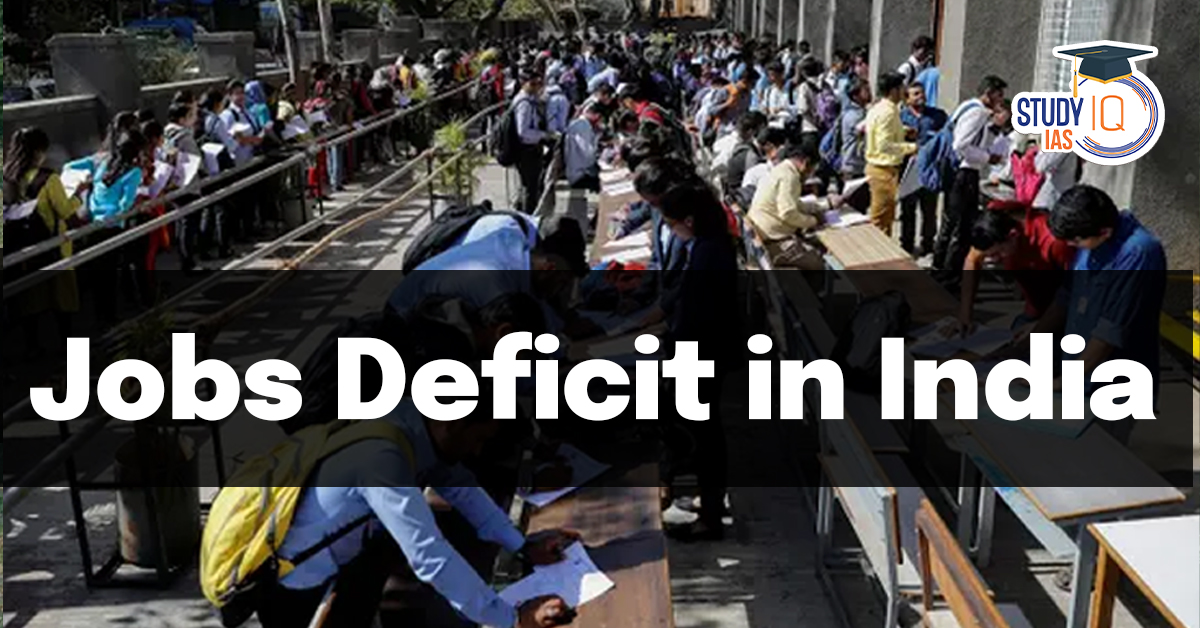
 Gutti Koya Tribals in Post-Conflict Indi...
Gutti Koya Tribals in Post-Conflict Indi...
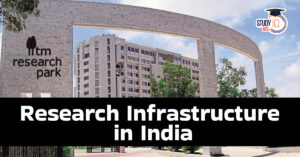 Research Infrastructure in India for its...
Research Infrastructure in India for its...
 Maternal Mortality Rate in India, State ...
Maternal Mortality Rate in India, State ...

